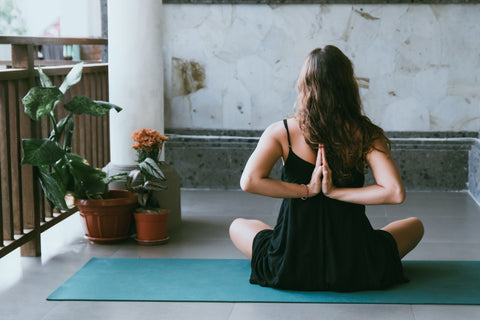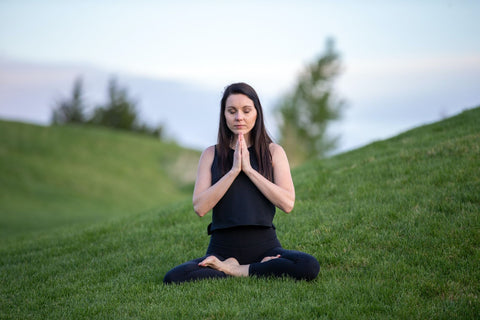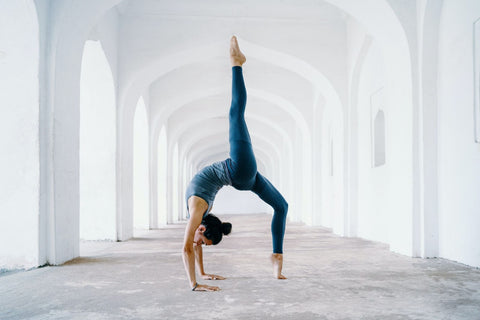Is it good to do yoga every day? The short answer is: yes. But, wait! Before you run off to get on your mat, remember that yoga encompasses more than the physical yoga positions (asana).
Yoga is a practice of connecting the mind, body, and spirit in order to live a more present, compassionate, and whole life. Yoga philosophy provides a myriad of practices and principles — one of which is the physical poses — to help guide us on this journey of union, peace, and contentment.
Here are three ways to practice yoga beyond the physical poses, which can be done every day:

1. Pranayama
Breathing techniques, or pranayama, help to smooth out the breath and calm the nervous system, resulting in a more steady mind and balanced energy. Sama Vritti (Equal Ratio Breathing) is a great pranayama to try if you are new to working with the breath. For this technique, count the length of each breath, making your inhales and exhales the same length.
2. Meditation
Meditation is the practice of focusing your awareness on an object with the intention of cultivating a calm mind. Some examples of meditation objects include the breath, visualizations, or sound. The beautiful part of meditation is that its benefits are received even if your mind wanders or you don’t feel relaxed. The goal is not necessarily to stop thinking, but to become more aware of your mind activity and less attached to it. Over time, the mind will begin to calm, giving you more focus, concentration and presence in all areas of life.

3. Svadhyaya
The fourth of the five Niyamas (observances/personal practices), svadhyaya refers to self-study. Examples of self-study include studying yoga texts, reciting a mantra, or listening to podcasts/lectures pertaining to yoga. Svadhyaya also refers to the internal study of your own behaviors and patterns. When we learn to see ourselves more clearly, we can consciously decide what we want to strengthen within ourselves, as well as what we want to change.
With regards to practicing yoga asana every day, that will vary for each yoga student. It should be a personal decision based on several factors, including your health, yoga injuries, schedule, and the style of yoga you practice. The amount of yoga asana does not determine how “good” of a yogi you are. What matters is that the time you do spend practicing is done with awareness, openness, and kindness. Above all else, our practices should help bring peace and cause no harm.
About the Author
Sarah Matchen is a 200-Hour Certified Yoga Teacher. She teaches meditative, accessible yoga classes that emphasize conscious breathing, slowing down, and relaxing the body to help calm the mind.






